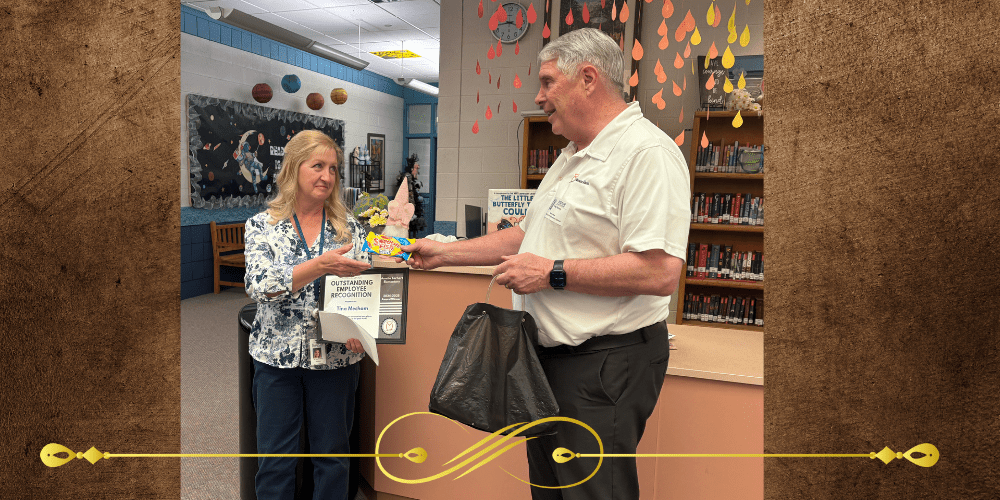Welcome Bethany Gold Third Grade Teacher
 May 8th, 2025
May 8th, 2025
Bethany is a recent graduate of Brigham Young University's McKay School of Education. She completed her intern year teaching 4th grade at Wasatch Elementary and is eager to begin the next chapter of...
New Second Grade Teacher Kailin Walker
 May 8th, 2025
May 8th, 2025
Kailin, a Brigham Young University–Idaho graduate, earned her bachelor’s degree in Elementary Education. She joins us from Mountain Valley Elementary in Ammon, Idaho, and has five years of...
Tina Mecham Receives Outstanding Employee Recognition
 May 7th, 2025
May 7th, 2025
Congratulations to Tina Mecham, PESP Outstanding Employee Award Winner! We are thrilled to announce that Tina Mecham, Head Secretary at Amelia Earhart Elementary, has been honored with the Provo...
May 8th, 2025



